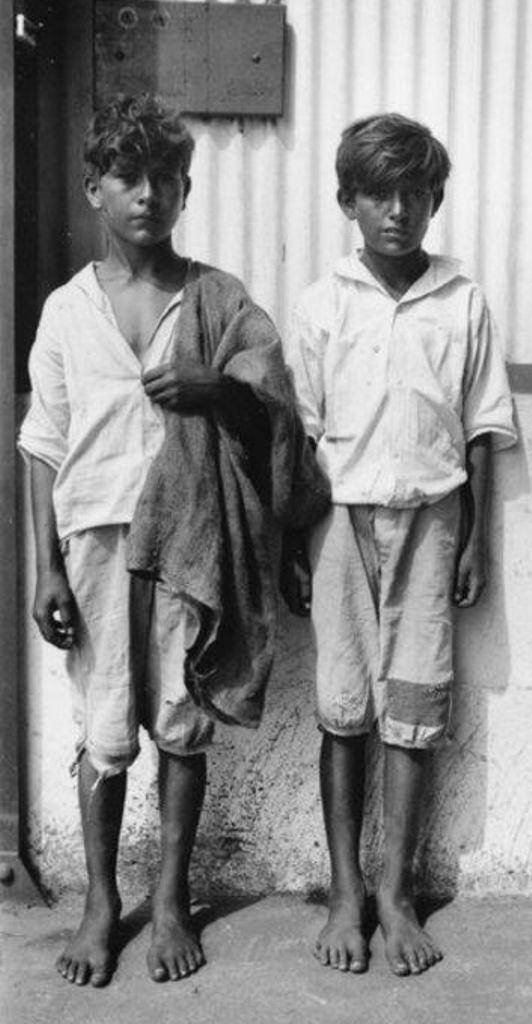
Figure 1.--Here we see two unidentified Cuban boys in 1933. Notice the burlap bag the one boy is carrying. That probably means he was working around a market, carry sacks and bags for merchants and customers. |

|
We note child labor as a serious problem in Cuba, although it was probably not as severe as many Latin American countries because Cuba was relatively prosperous before the Revolution. There was a major division in the Cuban economy between the towns and cities and the countryside. Sugar was a major part of the Cuban economy and child labor was extensively used in the sugar industry. Sugar was the main industry since colonial days when African slave labor was imported to replace the Narive Americans who died out. This continued until the late-19th century when slavery was finally abolished. The zafra or sugar cane harvest lasted from November to May. The labor was baxck breaking and wages were low. Many of the sugar cane workers were the descendents of blaxk slaves. There were few opporynities for the sugar cane workers and theur children. Very limited education was available. While the Revolution has many failures, one success was in integrating the rural landless peasantry into national life. Many now have government jobs and their children attend school. In urban areas, Cuba children had lives similar to Mexico or the more advanbced Caribbean countries. As Cuba before the Revolution was one of the mkore prosperous Latin American countries, conditions for children were relstively good. Child labor in the private sector has been substantially eliminated since the Revolution, although this has occurred along with a massive decline in the economy so many Cuban children are less well of than they were before the Revolution. Child labor, however, still exists. And it is the state who not only conducts, but requires children to work. Children enrolled in rural schools over the age of 11 years are expected to participate everyday for a few hours in manual labor. Students in technical schools and university preparatory schools are expected to devote 30 to 45 days per year primarily to agricultural work.
This is almost entirely free mannual labor for highly inefficient state farms. The children involve do not learn important skills that further their education or qualifications for future jobs.
Cuba passed a new labor law (1997). This provided for 15 abnd 16 year old Cuban children receiving training towards a job or filling in for absentee workers. Unfortunately there are few real econonic opportunities in Cuba's moribund economy. The privare sector is very small and government restrictions inhibit any real expansion. The state sector is not very attractive as wages are very low and offer few opprtunities for supporting an affluent life. The Government had to dimiss about 10 percent of state workers (2010). It could no longer aford to pay them. It is unclear where so many people will find jobs in the small state sector. As a result, there are very few opportunities for young people to find any kind of part-time job. Children are required to attend school through the 9th grade.
Some children help out in the small number of family ebnterprise tolerated by the Communist authotrities. Other children help out on the small family farms that have not been expropriated by tghe government.
Child labor does exist in Cuba. The Government requires Cuban students over the age of 11 years to devote between 30-45 days of their summer break to working on state farms. Regulstions limit the work day to 8 hour. I think this is organized through the schools.
Cuban law sets the legal working age at 17 years.
Navigate the Boys' Historical Clothing Web Site:
[Return to the Main Cuban page]
[Return to the Main country child labor page]
[Return to the Main Latin American page]
[Return to the Main countries page]
[Introduction]
[Activities]
[Biographies]
[Chronology]
[Cloth and textiles]
[Clothing styles]
[Countries]
[Topics]
[Bibliographies]
[Contributions]
[FAQs]
[Glossaries]
[Images]
[Links]
[Registration]
[Tools]
[Boys' Clothing Home]
